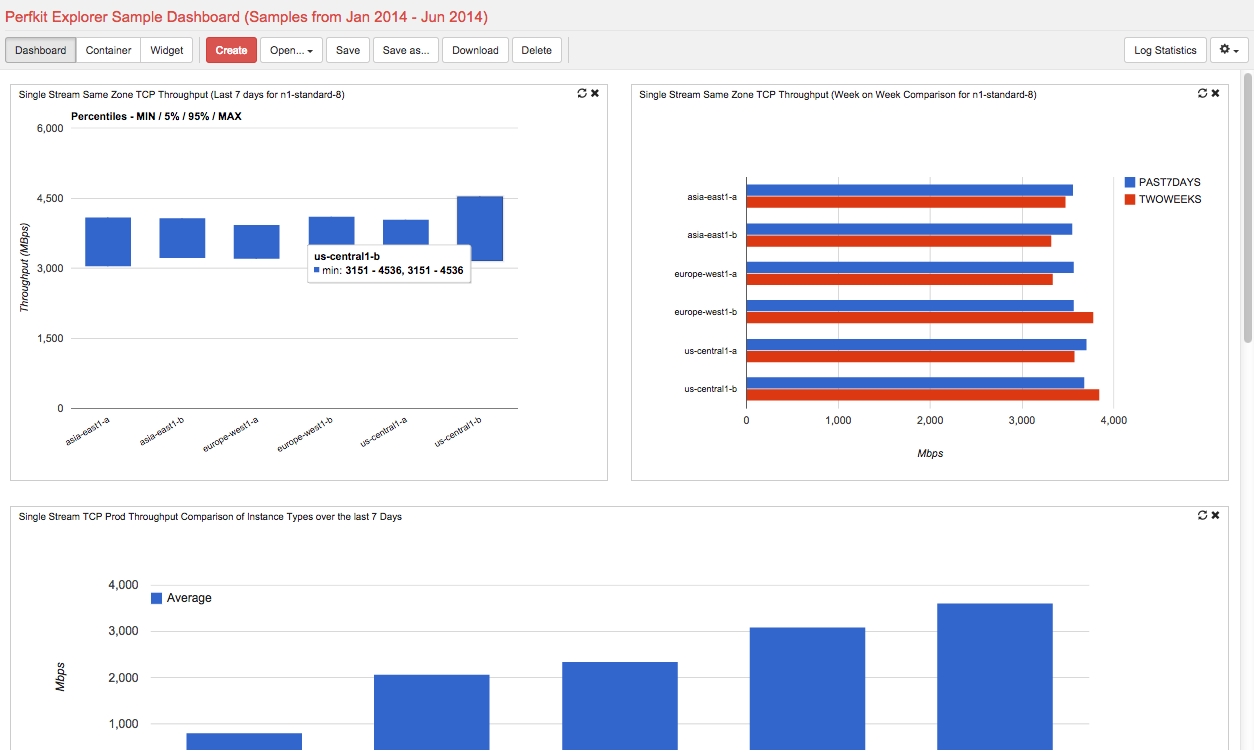Microsoft has officially announced its acquisition of Sunrise, developer of a next-generation Android and iOS calendar app.
“We are making this acquisition because we believe a reinvention in the way people use calendars on mobile devices is long overdue. Our goal is to better help people manage and make the most of their time in a mobile-first, cloud-first world,” wrote Rajesh Jha, corporate vice president of Outlook and Office 365 at Microsoft, on the company’s blog.
Sunrise’s calendar app has already been downloaded by millions of users, according to Microsoft, and will continue to be free and support a variety of third-party apps and calendar services after the acquisition is finalized.
More information is available here.
Google announces new open-source tools for cloud performance
Google is trying to make it easier to measure cloud performance. The company announced new open-source tools meant to evaluate cloud offerings beyond pricing and feature charts.
The PerfKit Benchmarker is a framework that provides a view of application latency, overhead, throughput and variance.
“PerfKit is unique because it measures the end-to-end time to provision resources in the cloud, in addition to reporting on the most standard metrics of peak performance,” wrote the Google Cloud Platform Performance team on the company’s blog.
The Perfkit Explorer is a visualization tool meant to help users interpret results. It includes pre-built dashboards and data from internal network performance tests.
“We’re releasing the source code under the ASLv2 license, making it easy for contributors to collaborate and maintain a balanced set of benchmarks. If you want something to be removed or added, we welcome your participation through GitHub,” the team wrote.
WebRTC 1.0 working draft published
The World Wide Web Consortium (W3C) has announced that a working draft of WebRTC 1.0, for real-time communication between browsers, has been published. The draft covers how media will be sent and received from browser to browser or device. The specification is being developed in conjunction with the Internet Engineering Task Force’s WebRTC working group’s protocol specification, and the Media Capture Task Force’s API specification, to provide access to local media devices. The draft can be viewed here.
In addition, a repository of WebRTC code demos and samples has been added to GitHub. Some samples may only be usable with Chrome Canary or Firefox Beta due to the use of new browser features. More information is available here.
LinkedIn announces major changes to Developer Program
LinkedIn is making significant policy changes to its developer program in an effort to clean up unwanted third-party apps and tools.
According to Adam Trachtenberg, the director of LinkedIn’s Developer Network, the social networking company is changing its open API approach, closing six out of its 10 APIs to developers as of May 12. The remaining four APIs encourage app integration through LinkedIn’s various partnership programs, but it doesn’t leave much room for outside applications hooking into LinkedIn without the company’s oversight.
Trachtenberg also announced the release of an Android SDK in his blog post, but acknowledged the adverse effect the policy changes may have on a developer community LinkedIn considers “a priority.”
“For many developers, we understand that today’s changes may be disappointing and disruptive, but we believe these changes will provide further clarity and focus on which types of integrations will be supported by LinkedIn,” Trachtenberg wrote.
Java SE desktop and embedded APIs approved
The Java Executive Committee has approved a new API in Java SE that supports desktop and embedded applications.
The JSR 377 specification, proposed in December 2014, was submitted with the goal of defining an API for common behavior shared by many desktop applications. The desktop and embedded applications the API is designed to support include:
- dependency injection
- common application structure
- application life cycle
- localized resources
- resource injection
- localized configuration
- decouple state from UI (binding)
- persistence session state (preferences)
- action management
- component life cycle
- lightweight event bus
- honor threading concerns (specific to UI toolkit)
- application extensibility via plug-ins (implies modularity)
“A driving goal behind the JSR is to provide a good abstraction over common needs of an application regardless of the toolkit of choice,” the proposal stated. “The set of APIs proposed by this JSR will sit on top of any UI toolkit without requiring a bridge from a toolkit in particular; that is, none of the target UI toolkits (Swing, JavaFX, SWT) need to implement new APIs. If for some reason a bridge is required, it will be provided from the reference implementation side.”
JSR 377 is planned as a standalone release.






